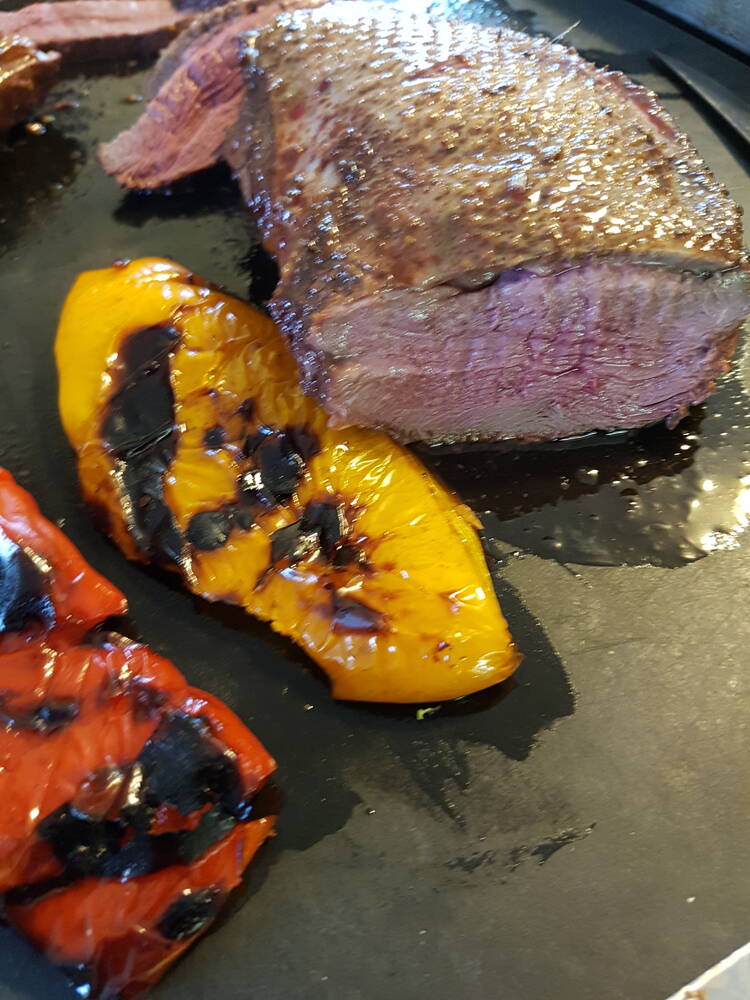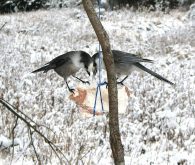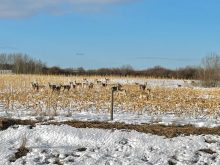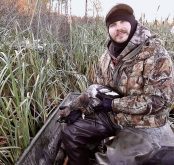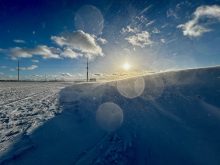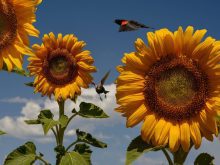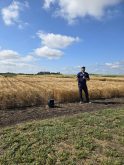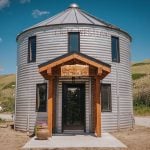Bagging a goose seemed like wishful thinking when I started hunting with my dad in the 1960s. For one thing, they were wary prey. For another, there weren’t that many around.
These days, I often come home from a hunt with more geese than ducks, despite mostly targeting the latter.
Why it matters: It’s hard to imagine a time when Canada geese weren’t a hallmark feature of Manitoba’s ponds, sloughs and other water bodies.
Read Also
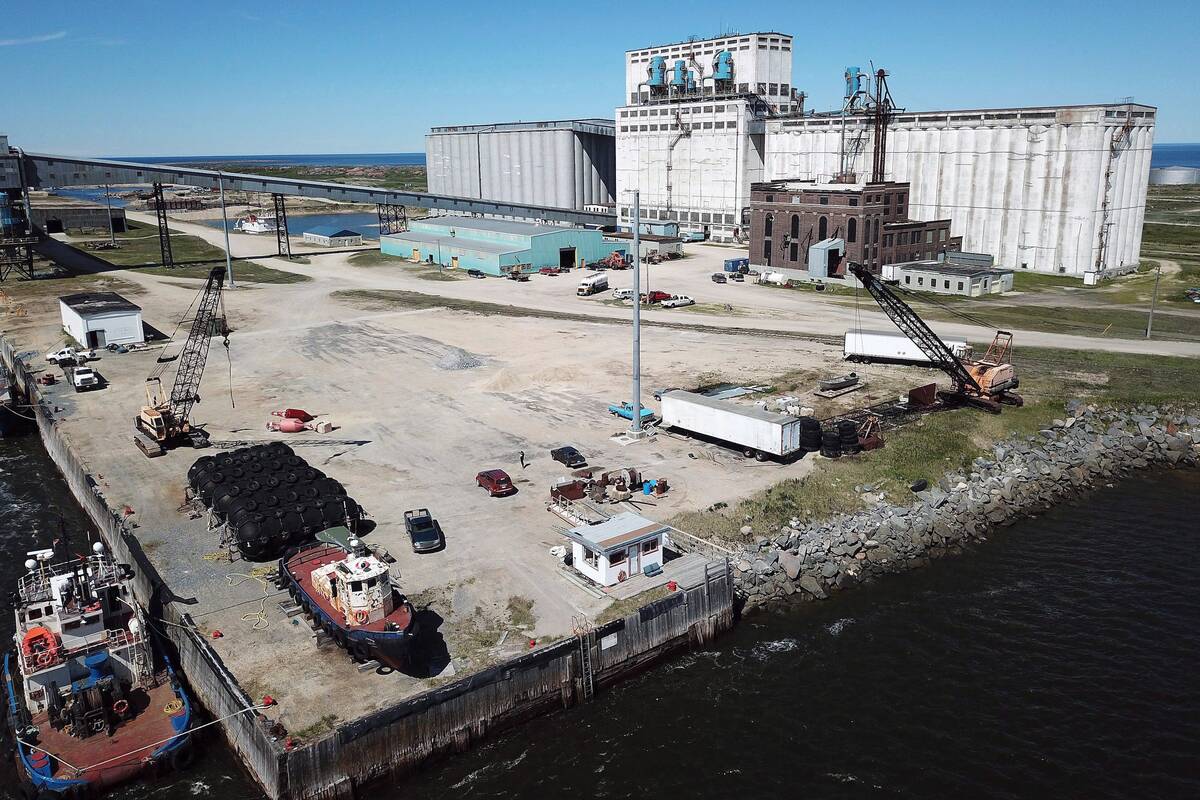
New Crown-Indigenous partnership to spearhead Churchill expansion
Province announces new Manitoba Crown-Indigenous Corporation to co-ordinate Port of Churchill Plus revamp, bolster northern development and trade
Our continent’s geese are an incredible comeback story. Like many other species, overharvesting through the early European settlement period took its toll. By 1900, most goose species were significantly depleted.
In response, Canada and the U.S. signed the landmark Migratory Bird Treaty in 1916. It became unlawful to commercially trade migratory bird meat, eggs or feathers. Recreational hunting was also banned for most birds and became carefully controlled for ducks and geese.
The fates of scores of species improved dramatically.
Looking back to the launch of my conservation career in the early 1980s, I see that I was basically a door-to-door salesman. My employer, Ducks Unlimited, sent biologists (mostly new recruits like me) into the field to identify wetlands that could make good conservation projects.
I started with a topographic map circled with potential sites and a land ownership map. Then I drove up, knocked on the door of the landowner and respectfully asked for permission to take a closer look.
Often, I was initially met with something along the lines of, “what are you up to?” I would be regaled with stories about flooding, birds eating crops, hunters trespassing or the neighbours draining water onto their land.
This crash course in the complexities of conservation in farm country left an indelible impression that helped guide the rest of my career.
The 1970s were replete with spring floods and wet harvests that left crops deteriorating in the swath. It was a buffet for waterfowl, to many farmers’ dismay. Crop damage prevention and compensation were major topics in areas where birds congregated, making landowners understandably leery of wetland improvements.
But the prospect that still-rare Canada geese might set up nest space in their marsh was welcomed by many landowners I talked to. Back then, if I could have assured someone that geese would begin nesting in their wetlands because of our efforts, I believe a few more conservation projects would have come about.
Aside from their dominating presence, graceful flight and signature call, I think landowners had a soft spot for some goose traits that we also value in people: geese mate for life; the family bond lasts much longer than in most other birds and geese tenaciously defend their nests and young. Plus, those lines of waddling yellow fluffballs early in the season are just so cute.
The fall and rise of giants
With the largest breeding range of any continental waterfowl, Canada geese have evolved into several subspecies as local differences get magnified over time. There are generally seven recognized races of Canada geese. Lines are drawn based on body weight, physical characteristics and, most importantly, where they nest.
One group, the comparatively tiny cackling geese, were recently determined to be a separate species based on DNA analysis. To the average person, though, they’re essentially small versions of Canada geese.
The largest of the subspecies, the giant Canada goose (Branta Canadensis maxima), is the most common in early European settlement times and today. They breed throughout the mid-continent and east into the Great Lakes region. Between those two periods, however, we almost lost them completely.
Giant Canada geese come by their name honestly, averaging over five kilograms and with a wingspan edging close to two metres. By comparison, races that nest further north will be about half to two-thirds that size, while cackling geese come in at a paltry 1.5 kg, a little bigger than a mallard duck.
The historic range of these giants made them especially accessible to commercial hunters and settlers. The intensity of the harvest was too great for a species that had a relatively low reproduction rate. By the 1920s, remaining birds were widely scattered and, in the 1950s, they were declared extinct.
Except, they weren’t.
A waterfowl biologist found a small, remnant group around Rochester, Minnesota, in 1961. Further searches found other remnant groups, including some in captive flocks.
In an effort to save the subspecies, many birds were pen-reared in protected conditions for later release. In Manitoba, goose restoration activities included flocks established at Oak Lake and Plum Lake in the southwest, Marshy Point in the Interlake, Delta Marsh, the Alfred Hole Goose sanctuary near Rennie and the Fort Whyte Nature Centre on the outskirts of Winnipeg.
As these nodes of nesting giant Canada geese became well established, conditions were set for a population explosion that caught everyone by surprise, waterfowl biologists and goose-watchers alike.
Geese, geese everywhere
How did a bird thought to be extinct seven decades ago achieve what many see as an overpopulation today? There are three major factors: harvest, habitat and food.
Because of the Migratory Bird Treaty, tight regulations and improved bird census methods, goose harvest levels could be kept low enough to allow populations to increase, albeit at a slow pace for the first 25 years or so.
The original sites of local giant Canada goose restoration — like the southwestern sites and Marshy Point in Manitoba — had goose refuges established around them to further reduce harvest. For many decades now, the harvest of geese has been well below the birds’ reproductive potential.
Canada geese generally don’t nest until their third year and lay relatively few eggs (usually four to six) compared to ducks, but both adults invest time and energy into the young, contributing to high survival rates. They vigorously defend their nests and young. They are also long-lived; two decades in the wild is not unusual.
This reproductive strategy leaves geese vulnerable if large numbers die off, but brings the potential for a surge once populations dig a solid foothold.
In terms of habitat, giant Canada geese are a “plastic” species; they can thrive in a variety of situations, some of which did not exist before European settlement.
They don’t need natural wetlands for feeding and rearing young the way that ducks do. Almost any water body will suffice as long as there is ample forage for grazing, like marsh vegetation, grasses and herbaceous plants. If water is nearby, farmland, city parks and golf courses are all excellent nesting areas for the subspecies.
Before the recovery period, we only saw giant Canada geese during spring and fall migration. Now, they live alongside us from March through November.
Modern agriculture also created a new and massive feeding opportunity. Harvested farm fields provide excellent goose grazing through the fall, winter and spring. As long as snow cover is light and there is some accessible open water, the geese don’t need to migrate very far south. There are now a few populations in coastal and the Great Lakes areas that do not migrate at all.
Birds also come into the nesting season with larger fat reserves than they would have had historically, increasing nesting success.
In retrospect, we shouldn’t have been surprised when goose populations, especially giant Canada geese, skyrocketed.
Some biologists conclude there are more geese on the continent now than before European settlement. It has reached levels that most would agree cannot be controlled by recreational hunting alone.
Add a tendency to congregate in huge flocks and it was only a matter of time before disease issues arose. Avian influenza in wild birds, geese included, is now a major risk for poultry production across the continent, and scientists are examining the risk to people from new strains.
Goose numbers have gone far beyond nuisance considerations of goose poop on our golf shoes.
In the last few years, Manitoba has allowed an early spring hunt meant to target giant Canada geese. A few decades ago, any kind of spring waterfowl hunting proposal would have been denounced by waterfowl biologists and hunters.
Geese on the plate
Waterfowl hunters enjoy liberal bag limits and a reasonable expectation of success if they put effort into scouting and gaining landowner permission and buying good goose decoys. Even a so-so goose hunter like me takes enough birds for many satisfying winter meals.
I get a little frustrated with hunters who see geese as a chore to eat. Geese are excellent table fare if you use techniques that complement the meat’s traits.
Treat the breast meat and legs separately. Breast meat is extra lean, which calls for marinades and barbecuing as you would a steak. I also use a meat tenderizing tool, especially with older birds, because they can be a little tough.
You can also try grinding up goose breasts with bacon (three parts goose, one part bacon) for a spectacular ground meat — I call it flying bacon burger — which can be barbecued or used in meatballs or chili.
I think goose legs are the best braising meat that nature offers. Start by simmering them with salt, pepper and bay leaves, cooking until the meat becomes tender. Legs from older birds will take longer, maybe more than two hours. Then separate the meat from the bones and proceed to any number of menu options.
A simple approach is a savoury goose stew with potatoes, corn and vegetables, but I also have recipes for a spicy pulled goose, goose chili and goose curry.


